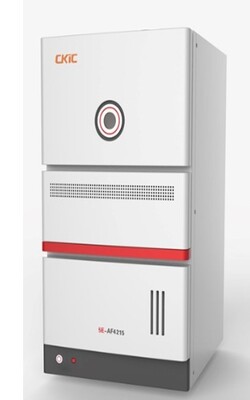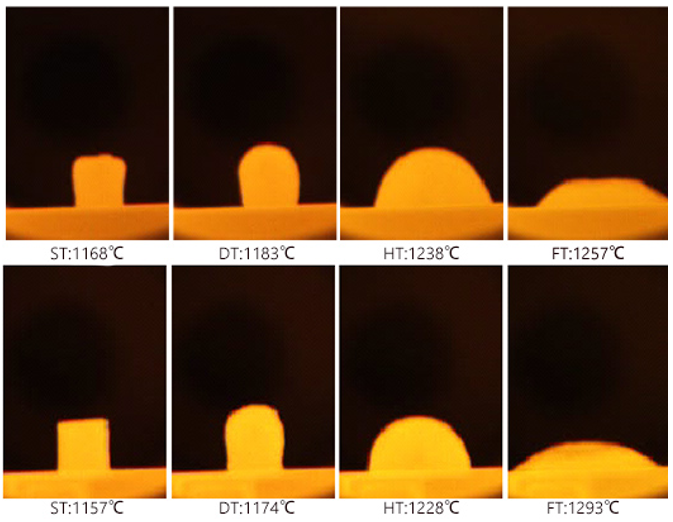Ashes have much to say
6 August 2024
Author: Maude Tessier-Parenteau, Eng., researcher at Innofibre
Thermochemical conversion of biomass: ashes have much to say about it

Thermochemical conversion of biomass is a key research focus at Innofibre. The center operates several equipment used for combustion, pyrolysis, and soon, gasification projects., Innofibre’s team is studying the potential fossil coal substitution with renewable biomass across multiple applications with the goal of decarbonizing various industrial sectors.
Where there’s thermochemical conversion, there are ashes!
Ashes are the inorganic residue of a fuel, essentially the non-combustible mineral part of a substance. The chemical composition and ash content of a biofuel vary significantly depending on the type of biomass. For instance, bark-free wood typically contains less than 1% ash, whereas bark can contain up to three times more. Agricultural residues can have ash content exceeding 5%. The presence of heavy metals, chlorine, nitrogen, and sulfur in ashes is crucial data as it significantly impacts the final application. Some components increase fouling of thermochemical conversion equipment. For example, certain ashes tend to melt at lower temperatures then upon cooling, form clinker or slag, a hard solid residue that coats the heat exchange equipment surfaces, and drastically reduces performance.
Innofibre has acquired an Ash Fusion Determinator for Biomass.
Apart from analyzing the chemical composition of ashes, this device helps understanding the physical behavior of ashes from different sections of a biomass boiler circuit, pyrolysis or gasification equipment. This analyzer allows comparison of the tendency of ashes from various types and qualities of solid biofuels to produce molten deposits or cause sticky residues that lead to harmful agglomeration affecting the proper operation of thermochemical conversion equipment.
Ashes are composed of a mix of several minerals and don’t have a fixed melting point but rather a fusion temperature range. The ash fusion analyzer determines characteristic temperatures during the fusion of ashes produced from biomass or other solid fuels according to standards such as ISO 21404:2020 (solid biofuels), CEN 15404 (solid recovered fuels), ASTM D1857 (coal and coke), and similar norms.
The principle is to observe the behavior of ash samples, previously compressed into cylinder or cone shapes, subjected to a constant temperature rise rate up to 1,500 °C in a controlled atmosphere (air, nitrogen, carbon dioxide, carbon monoxide, or hydrogen). A multispectral camera diffuses and records real-time data for up to 10 samples analyzed simultaneously on a rotating carousel. Measurements of sample deformation throughout the analysis determine hemispherical fusion and fluidity temperatures.

Pictures showing the evolution of compressed ash sample deformation
The ash fusion determinator acquisition at Innofibre is part of a joint research infrastructure project focusing on green hydrogen and bioenergy, under the equipment acquisition program for energy transition. This initiative is driven by the Escouade Energie, a consortium of 14 college centres for technology transfer (CCTT), which Innofibre is a proud member.


